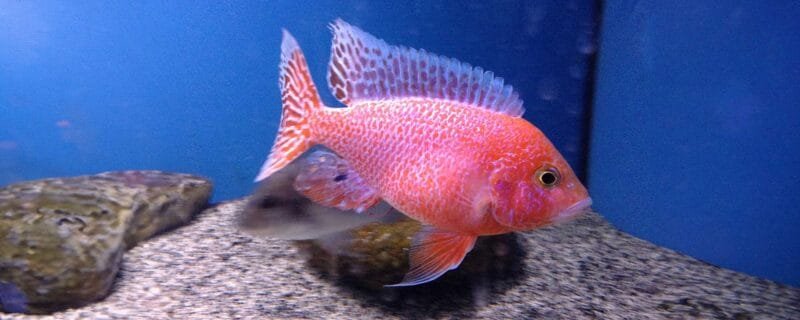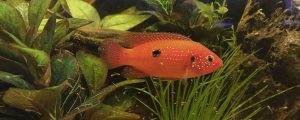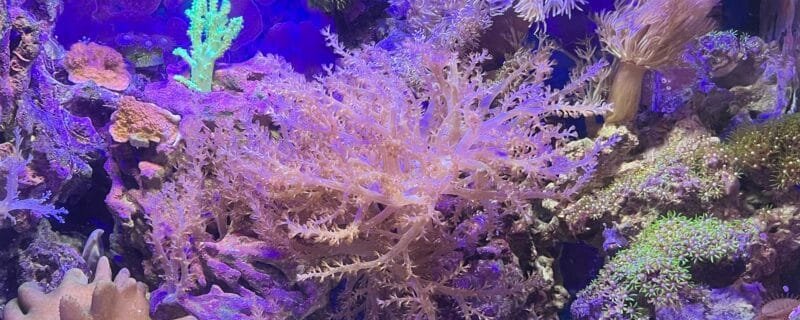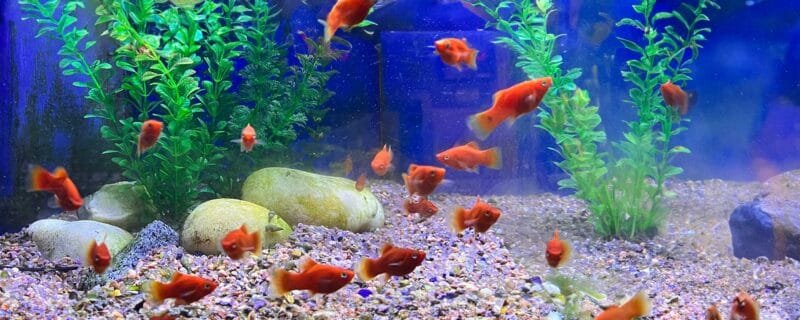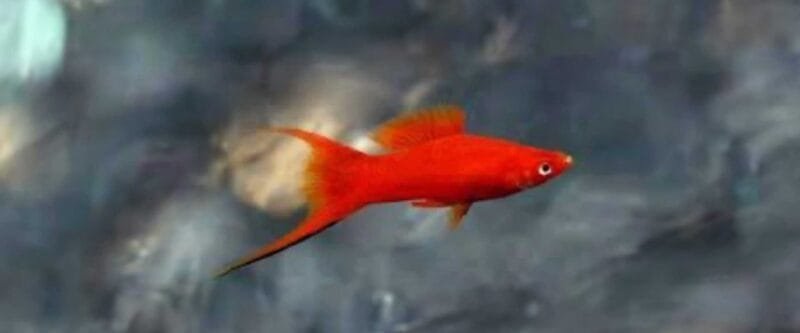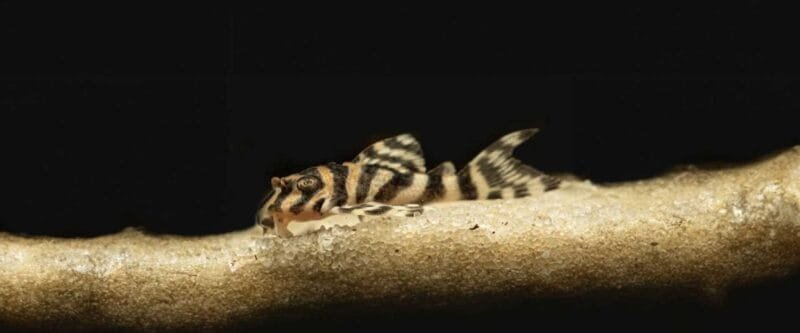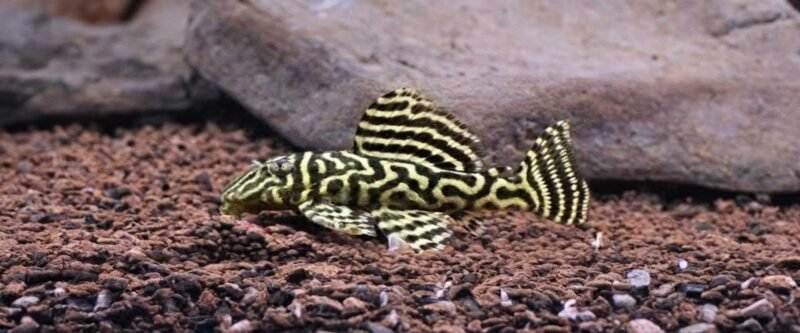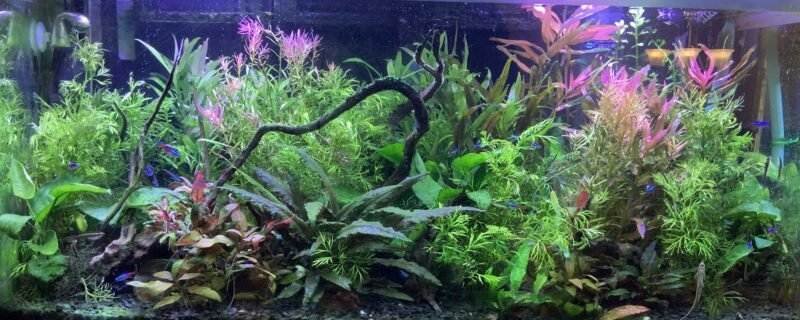The Fascinating German Ram (Mikrogeophagus ramirezi): A Jewel of Community Aquariums
The German Ram, scientifically known as Mikrogeophagus ramirezi, is a captivating and colorful fish species that has earned its place as a cherished gem in the world of aquariums. With its striking appearance and peaceful disposition, this charming cichlid is an excellent choice for community tanks. In this blog post, we’ll dive into the world of the German Ram, exploring its characteristics, natural habitat, suitability for community tanks, native range, dietary preferences, and more.
Characteristics and Size
The German Ram is celebrated for its vivid appearance, featuring:
- A compact and elongated body with vibrant colors that vary between individuals. Common variations include electric blue, gold, and albino forms.
- Dorsal fins adorned with striking patterns, adding to their allure.
- A modest size, typically reaching lengths of 2-3 inches (5-7.5 centimeters) when fully grown.
These fish are known for their peaceful nature, making them an ideal addition to community aquariums.
Habitat and Native Range
The German Ram hails from the slow-moving, clear waters of South America, specifically in the Orinoco River basin, the upper Rio Negro, and the Rio Apure in Venezuela and Colombia. In their natural habitat, they can be found in soft, acidic waters rich in submerged vegetation and driftwood.
Suitability for Community Tanks
The German Ram is an excellent choice for community aquariums due to its peaceful temperament and compatibility with a variety of tankmates. Here are some key considerations:
- Tank Size: Provide a tank of at least 20 gallons (76 liters) to accommodate a pair of German Rams comfortably.
- Compatible Tankmates: They are generally compatible with other peaceful fish species, including tetras, rasboras, corydoras, and other non-aggressive community fish.
- Territorial Behavior: German Rams may display territorial behavior, especially when breeding. It’s advisable to provide ample hiding spots and visual barriers to reduce potential conflicts.
Diet and Feeding Habits
German Rams are omnivorous, with a diet that includes:
- Insects, small invertebrates, and larvae in their natural habitat.
- Plant matter, algae, and detritus.
- Commercial fish foods, such as high-quality flakes, pellets, and live or frozen brine shrimp, bloodworms, and daphnia.
A varied diet is essential to ensure they receive the necessary nutrients. They may also nibble on algae-based foods.
Alternative Names
The German Ram is known by various alternative names, including:
- Butterfly Cichlid
- Ram Cichlid
- Blue Ram
- Gold Ram
These names reflect the different color variations and forms available in the aquarium trade.
Conclusion
In conclusion, the German Ram (Mikrogeophagus ramirezi) is a captivating and peaceful addition to a community aquarium, cherished for its vibrant colors and graceful demeanor. By providing a suitable environment with hiding spots and a balanced diet, you can enjoy the beauty and charm of these elegant cichlids in your own aquatic sanctuary.


